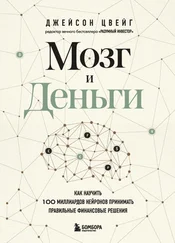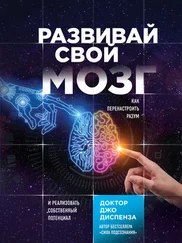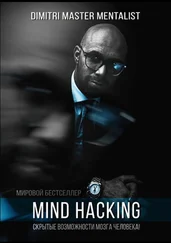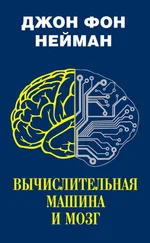Онлайн-версия этой книги распространяется по лицензии Creative Commons Attribution-NonCommercial-ShareAlike 4.0 International License. Дополнительную информацию можно найти на сайте http://creativecommons.org/licenses/by-nc-sa/4.0.
Tim Ferriss, The 4-Hour Body: An Uncommon Guide to Rapid Fat-Loss, Incredible Sex, and Becoming Superhuman (New York: Crown Publishing Group, 2010), 484–489.
Daniel Pink, Drive: The Surprising Truth About What Motivates Us (New York: Riverhead Hardcover, 2009).
Chris Hardwick, The Nerdist Way: How to Reach the Next Level (in Real Life) (New York: Penguin, 2011).
Steven Leckart, “The Hackathon Is On: Pitching and Programming the Next Killer App,” Wired , March 2012.
Stephen Lepore and Joshua Smyth, “The Writing Cure: How Expressive Writing Promotes Health and Emotional Well-Being” (Washington, DC: American Psychological Association, 2002).
S. Spera, E. Buhrfeind, and J. W. Pennebaker, “Expressive Writing and Coping with Job Loss,” Academy of Management Journal 37, No. 3 (1994): 722–733. Эту информацию я нашел благодаря книге Richard Wiseman 59 Seconds: Change Your Life in Under a Minute (New York: Anchor, 2010).
Amy Shira Teitel, “The Cost of Curiosity,” AmyShiraTeitel.com, Sept. 28, 2012, http://amyshirateitel.com/2012/09/28/the-cost-of-curiosity.
Joe Palca, “Crazy Smart: When a Rocker Designs a Mars Lander,” NPR, Aug. 3, 2012, http://www.npr.org/2012/08/03/157597270/crazy-smart-when-a-rocker-designs-a-mars-lander.
“Curiosity’s Seven Minutes of Terror,” jpl.NASA.gov, June 22, 2012, http://www.jpl.nasa.gov/video/details.php?id=1090.
Guy Webster and Dwayne Browne, “NASA’s Mars Curiosity Rover Marks First Martian Year,” NASA.gov, June 23, 2014, http://www.nasa.gov/press/2014/june/nasa-s-mars-curiosity-rover-marks-first-martian-year-with-mission-successes.
“Mars Science Laboratory: Mission Science Goals,” NASA.gov, Aug. 21, 2012, http://mars.nasa.gov/msl/mission/science/goals.
Susan Blackmore, Consciousness: An Introduction (London: Routledge, 2010). Блэкмор написала книгу о сознании, и ее упражнения вдохновили меня на создание игр разума в этой книге. Цель упражнений Блэкмор – показать человеку иллюзорную природу разума. Я настоятельно рекомендую ее книгу продвинутым хакерам разума.
Sylvia Nasar, “The sum of a man,” Guardian , March 25, 2002, http:// www.theguardian.com/books/2002/mar/26/biography.highereducation.
Tore Frangsmyr (ed.), Les Prix Nobel: The Nobel Prizes 1994 (Stockholm: Nobel Foundation, 1994), http://www.nobelprize.org/nobel_prizes/economic-sciences/laureates/1994/nash-bio.html.
“Glimpsing Inside a Beautiful Mind,” Schizophrenia.com, April 10, 2005, http://www.schizophrenia.com/sznews/archives/001617.html.
Sylvia Nasar, A Beautiful Mind: A Biography of John Forbes Nash, Jr., Winner of the Nobel Prize in Economics, 1994 (New York: Simon & Schuster, 1998).
John Milnor, “John Nash and the Beautiful Mind,” Notices of the American Mathematical Society 45, No. 10 (1998): 1329.
Wendy Hasenkamp and Lawrence W. Barsalou, “Effects of Meditation Experience on Functional Connectivity of Distributed Brain Networks,” Frontiers in Human Neuroscience , March 1, 2012.
Daniel Goleman, “Exercising the Mind to Treat Attention Deficits,” New York Times , May 12, 2014, http://well.blogs.nytimes.com/2014/05/12/exercising-the-mind-to-treat-attention-deficits.
Информацию о работах математика Курта Годеля вы найдете в превосходной книге Douglas Hofstadter, I Am a Strange Loop (New York: Basic Books, 2007).
Thomas H. Davenport and John C. Beck, The Attention Economy: Understanding the New Currency of Business (Boston: Harvard Business School Press, 2002).
Robert Rogers and Stephen Monsell, “The Costs of a Predictable Switch Between Simple Cognitive Tasks,” Journal of Experimental Psychology: General 124, No. 2 (1995): 207—31.
Joshua S. Rubinstein, David E. Meyer, and Jeffrey E. Evans, “Executive Control of Cognitive Processes in Task Switching,” Journal of Experimental Psychology: Human Perception and Performance 27, No. 4 (2001): 763–797.
Edward M. Hallowell, Crazy Busy: Overstretched, Overbooked, and About to Snap! Strategies for Handling Your Fast-Paced Life (New York: Ballantine Books, 2007).
Bill Chappell, “Stanford Professor Who Sounded Alert on Multitasking Has Died,” NPR , Nov. 7, 2013, http://www.npr.org/blogs/thetwo-way/2013/11/07/243762058/stanford-professor-who-sounded-alert-on-multitasking-has-died (получено 1 декабря 2013 года). Выделение мое.
Soren Gordhamer, Wisdom 2.0: Ancient Secrets for the Creative and Constantly Connected (New York: HarperOne, 2009).
“ADHD Data and Statistics,” Centers for Disease Control and Prevention , Nov. 13, 2013, http://www.cdc.gov/ncbddd/adhd/data.html.
“Frequent Cell Phone Use Linked to Anxiety, Lower Grades and Reduced Happiness in Students, Kent State Research Shows,” Kent State University, Dec. 6, 2013, http://www2.kent.edu/news/news-detail.cfm?newsitem= C87DA8EB-0E77-DCF2-AAD1C317FB742933.
“Turn Off Your Smart Phone to Beat Stress,” British Psychological Society , Dec. 1, 2012, http://www.bps.org.uk/news/turn-your-smart-phone-beat-stress.
William James, The Principles of Psychology (New York: H. Holt and Company, 1890), chapter 11.
H. Pashler, J. Johnston, and E. Ruthruff, “Attention and Performance,” Annual Review of Psychology 52, No. 1 (2001): 629–651.
Benedict Carey, “Remembering, as an Extreme Sport,” New York Times , May 19, 2014, http://well.blogs.nytimes.com/2014/05/19/remembering-as-an-extreme-sport.
Tim Wu, “How Today’s Computers Weaken Our Brain,” New Yorker , Sept. 9, 2013, http://www.newyorker.com/tech/elements/how-todays-computers-weaken-our-brain.
B. V. Zeigarnik, “Uber das Behalten von erledigten und unerledigten Handlungen” (“The retention of completed and uncompleted activities”), Psychologische Forschung , No. 9 (1927): 1—85.
Читать дальше
Конец ознакомительного отрывка
Купить книгу
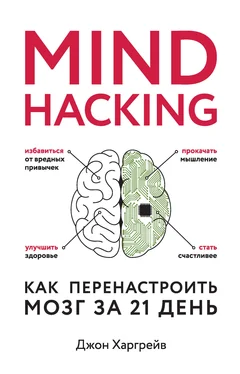
![Джон Уиндэм - День триффидов [День триффидов. Куколки. кукушки Мидвича. Кракен пробуждается]](/books/85014/dzhon-uindem-den-triffidov-den-triffidov-kukolk-thumb.webp)
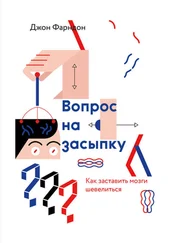
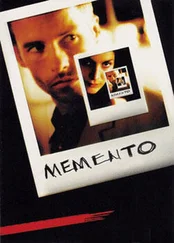
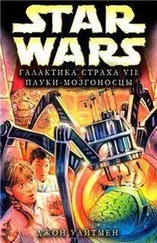
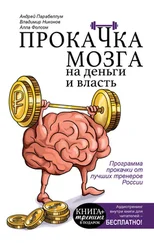
![Джон Харгрейв - Mind Hacking [How to Change Your Mind for Good in 21 Days]](/books/404192/dzhon-hargrejv-mind-hacking-how-to-change-your-min-thumb.webp)

